Retro Replay Review
Gameplay
Blood Seed flips the script by putting you in control of a mysterious red crab–like alien that has just breached the hull of the Triant II. Instead of playing a hero defending a ship, you’re the invader, navigating the narrow, pseudo-3D corridors of the vessel in classic first-person dungeon-crawler style. Movement is grid-based: turn, move forward, or back up, while the environment reveals branching paths, side rooms, and ventilation shafts that hide both resources and dangerous foes.
(HEY YOU!! We hope you enjoy! We try not to run ads. So basically, this is a very expensive hobby running this site. Please consider joining us for updates, forums, and more. Network w/ us to make some cash or friends while retro gaming, and you can win some free retro games for posting. Okay, carry on 👍)
Encounters happen at random as you explore, with crew members, security robots, and hostile machinery springing out of dimly lit passageways. Battles shift instantly into a turn-based system, where you choose between a crushing physical claw attack or a potent electric shock. Each enemy type demands a different tactic: some robots resist electricity but crumble under physical blows, while armored soldiers require you to alternate attacks or risk being overwhelmed by counterattacks.
Experience points flow steadily as you defeat each opponent, allowing you to level up your alien over time. You can enhance claw strength, increase electrical output, or unlock passive traits like faster movement and health regeneration. The strategic layer comes from limited resources — energy cells power your electricity attack and are scarce — and from the tension of deciding whether to push forward for riskier, high-reward chambers or backtrack to heal and regroup.
Graphics
Visually, Blood Seed captures the grim atmosphere of a ship under siege with its dim corridors, flickering lights, and industrial textures. The pseudo-3D engine offers nostalgic appeal to fans of ’90s dungeon crawlers, while modern touches like dynamic lighting, volumetric fog, and particle effects on electrical discharges keep the presentation feeling fresh. Every turn down a hallway could reveal a structural breach, a pooling of coolant, or a maintenance hatch that subtly hints at hidden routes.
The design of the playable alien is striking: its crimson carapace stands out against the cold steel of the ship, and its clawed silhouette can evoke both fascination and dread. Animations are smooth when it attacks or scuttles forward, though certain idle movements can feel slightly repetitive over long play sessions. Enemy models vary nicely, from humanoid crew with ragged uniforms to sleek security drones, each with its own set of disturbing death animations.
Special effects are particularly well-executed during combat. The electric attack crackles with energetic arcs that illuminate nearby walls, casting sharp shadows that heighten the suspense. Occasional screen shakes and sound cues add weight to each claw strike. Performance remains stable on mid-range hardware, with no noticeable frame-drops even when multiple effects trigger simultaneously in cramped corridors.
Story
Blood Seed’s narrative begins in media res: the player’s alien emerges at the moment of invasion, with no backstory provided upfront. This minimalistic approach builds intrigue, compelling you to piece together the larger tale through environmental clues. Scattered logs from Captain Rachel Hugett and her crew hint at panic setting in after the ship’s defenses failed, and each recovered datapad offers new insights into what the Triant II once sought to achieve in deep space.
As you carve a path through the ship, overheard comms and terminal entries paint a portrait of desperation. The crew’s loyal determination contrasts with growing paranoia; some logs describe strange noises in vents, others allude to bizarre biological samples stolen from alien ruins. The more corridors you conquer, the clearer it becomes that this vessel was carrying secrets worth die for — or worth invading.
By the time you reach the lower decks, the story’s tension crescendos. You face advanced security measures and more formidable machines, and pockets of the ship reveal horrifying experiments in xenobiology. Though the game never explicitly explains the alien’s origins or ultimate purpose, the unfolding mystery and moral ambiguity of playing as the invader make for an engaging narrative experience that welcomes player interpretation.
Overall Experience
Blood Seed offers a fresh spin on dungeon-crawling RPGs by combining methodical, turn-based combat with the suspense of a sci-fi horror setting. Its learning curve is approachable: basic mechanics lock into place quickly, but mastery of resource management and tactical positioning becomes crucial in later stages. The balance between exploration, loot gathering, and challenging battles keeps progression feeling rewarding.
While some players may crave more story exposition about their alien protagonist, the game’s minimalist storytelling is part of its charm, encouraging you to fill in gaps with theory and lore. Replay value is high, too — different build paths for your creature (power-focused claw user vs. electric specialist) alter combat strategies, and hidden chambers offer assorted challenges and surprises each run.
In sum, Blood Seed stands out for its inventive premise, solid gameplay loop, and atmospheric graphics. It successfully marries old-school dungeon crawler mechanics with modern presentation and a compelling sci-fi horror backdrop. Whether you’re a veteran of the genre seeking a novel twist or a newcomer drawn by the idea of playing as an alien invader, this title delivers an engrossing journey through the dark corridors of the Triant II.
 Retro Replay Retro Replay gaming reviews, news, emulation, geek stuff and more!
Retro Replay Retro Replay gaming reviews, news, emulation, geek stuff and more!
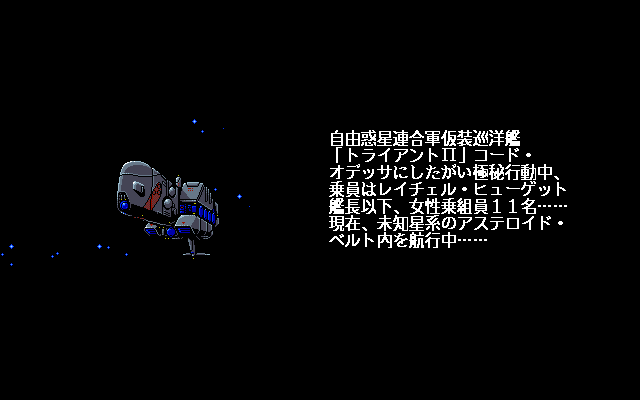
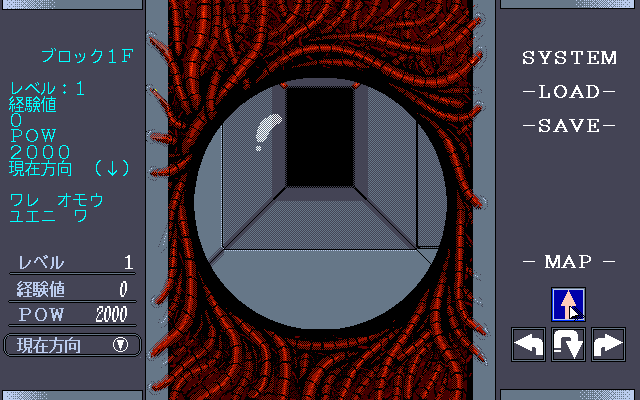
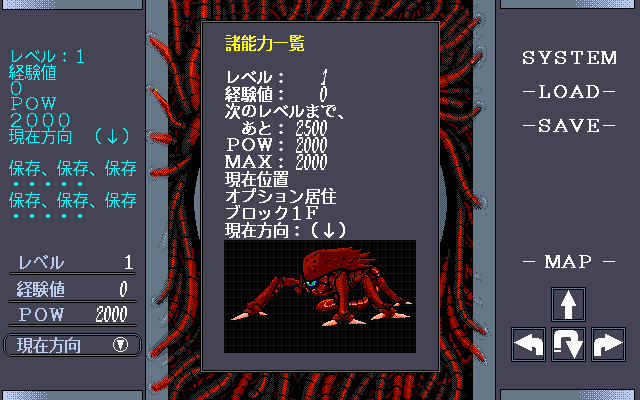
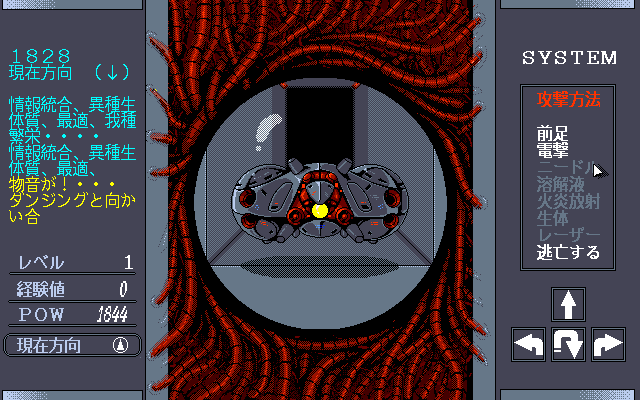
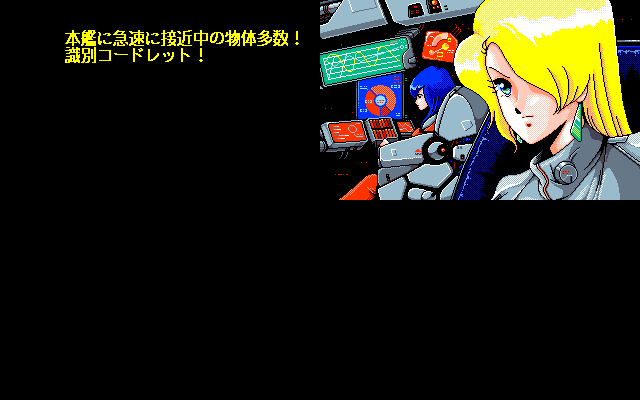



Reviews
There are no reviews yet.